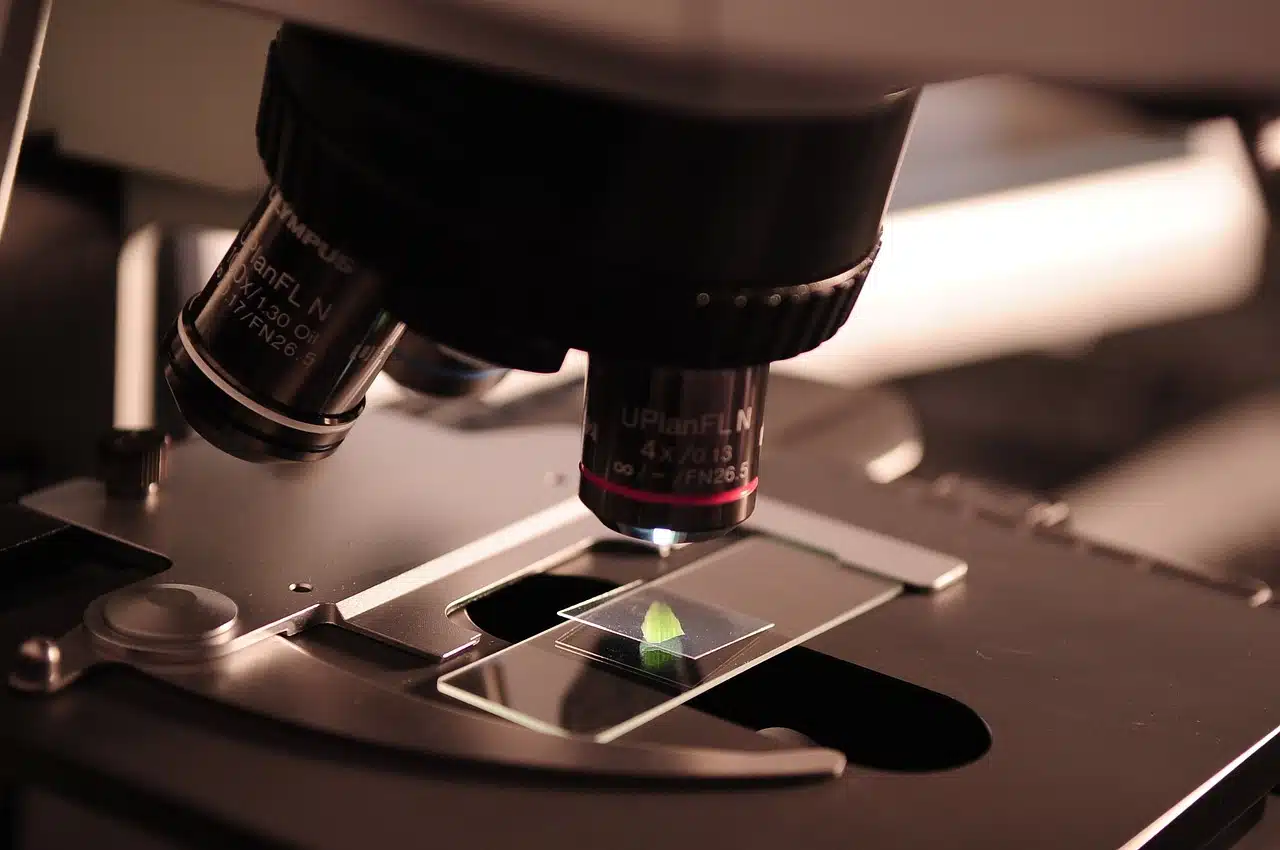
Textual microstructure was studied by theorists such as Teun van Dijk.
A microstructure is a structure that is integrated into another of greater size or magnitude . The term is formed with the prefix micro – (which refers to what is “very small” ) and with the aforementioned noun structure (the organization and arrangement of the components of a set).
If we think about different levels or structural sizes, we can say that the microstructure is the smallest element , then comes the structure and finally we find the macrostructure (a large structure that includes smaller ones).
Textual microstructure
The textual microstructure refers to the first structure that is formed with the terms of a text , which are semantically interrelated and express what the author desires. This notion is usually used in the field of linguistics .
The Dutch linguist Teun van Dijk is one of the main theorists who analyzed textual structure. According to this thinker, in a text it is possible to recognize a microstructure (a series of ideas united in a coherent and logical way), a macrostructure (which synthesizes the meaning of the text, giving meaning) and a superstructure (oriented to the functional, hierarchical order). and global).
The selection and organization of the lexicon belong to the field of textual microstructure. To carry out this task, various procedures are used, such as substitution , reiteration and reference .
Microstructure of a material
The microstructure of a material , on the other hand, refers to the components that are visible only through a microscope .
Depending on these constituents, a material can have certain microstructural properties , microstructural behavior , microstructural defects , etc. This concept is related to the shape, size and arrangement of the primary particles in the material, as well as the voids that can be seen in aggregate and non-aggregate materials, as well as the aforementioned properties of the aggregates.
Soil microstructure
Among the microstructure of the soil, some of the aggregates that are most frequently seen are the following:
- crumbly: this aggregate material has a rounded shape that does not conform to those around it;
- granular: the aggregates of this microstructure present an appearance composed of very small portions and have almost no pores;
- subangular: these are polyhedral blocks whose surfaces are not very flat, which do not tend to form vertices. Their faces fit slightly with their neighbors. This microstructure is common in clay horizons;
- angular: they are blocks with a polyhedral shape whose surfaces are flat and pointed. Their faces fit easily into nearby ones. This microstructure is also common in clay horizons;
- prismatic: this microstructure is observed when the development of the blocks tends to be vertical. Given its size, it is not easy to observe in thin sheets.
- laminar: opposite to the previous one, it occurs when the development is more horizontal. It doesn't appear very often.
Among the microstructures of sand grains, on the other hand, we distinguish the following, with respect to the type of grain:
- simple: they are made up almost entirely of grains that have little or no fine material between them. They may be disconnected or lightly touched;
- bridged: they are joined by bridges made of a thin material;
- film: they are covered with a sheet of thin material;
- of intergranular microaggregates: microaggregates can be observed between the grains.

With a microscope you can see the microstructure of a material.
Finally, the soil can also present microstructures that do not correspond to any of the two previous categories:
- in cavities: it is a broken mass in several cavities that do not connect to each other. It has a certain number of cameras and channels;
- fractured: the material stands out for its density and has a few cracks;
- massive: does not have separate aggregates. Its number of pores is very low.
